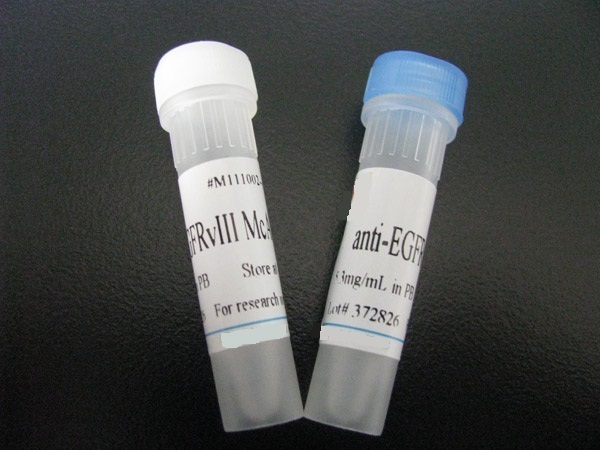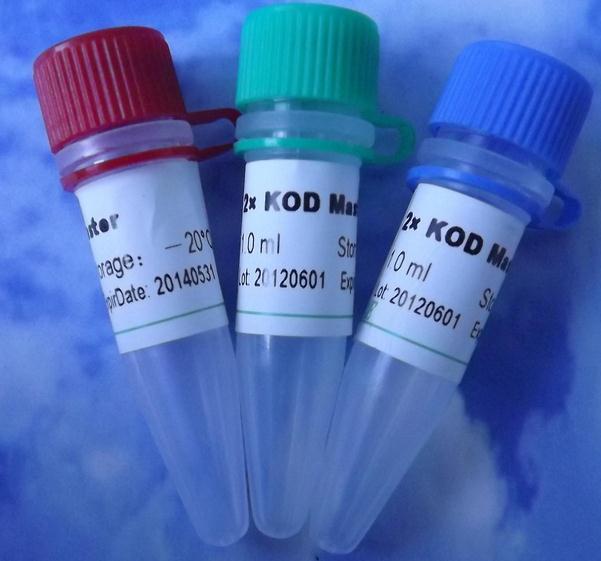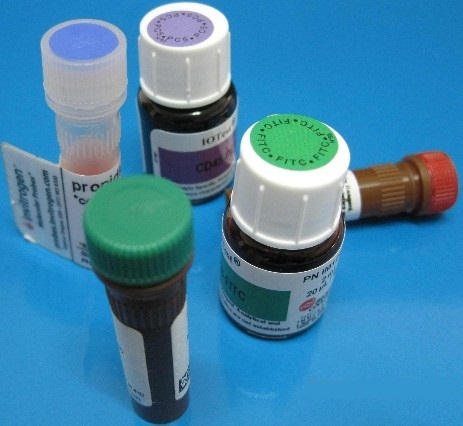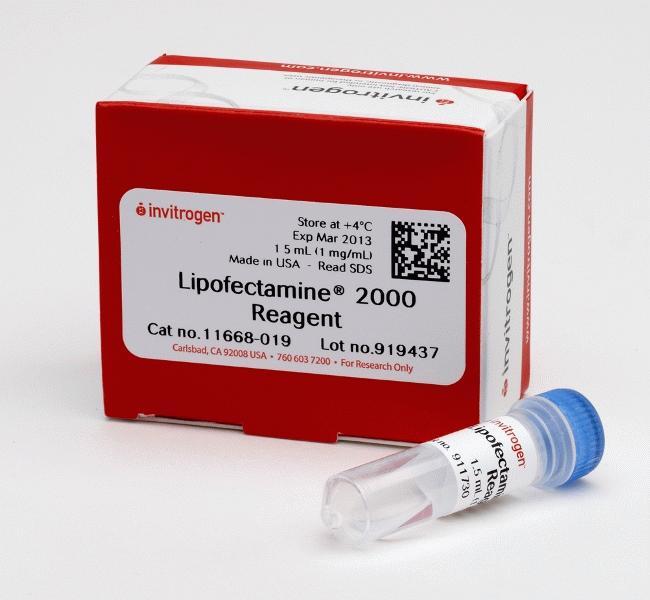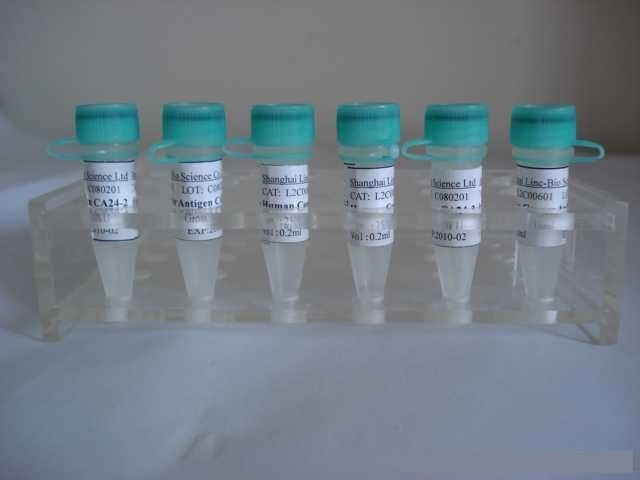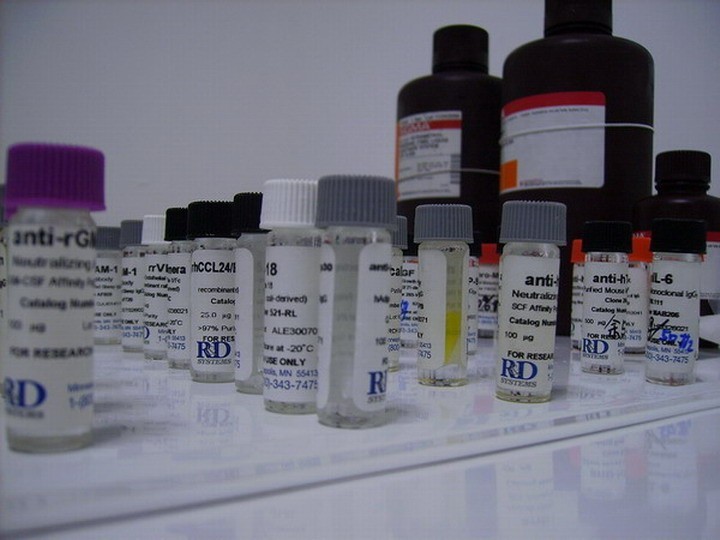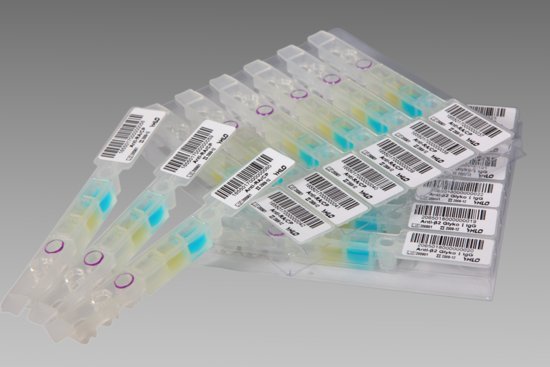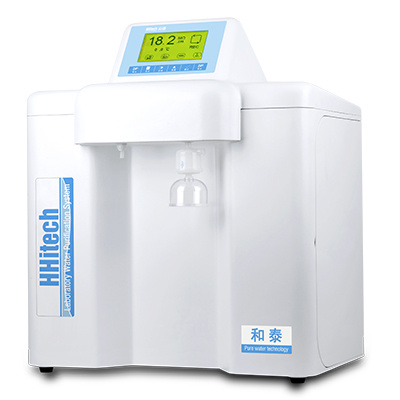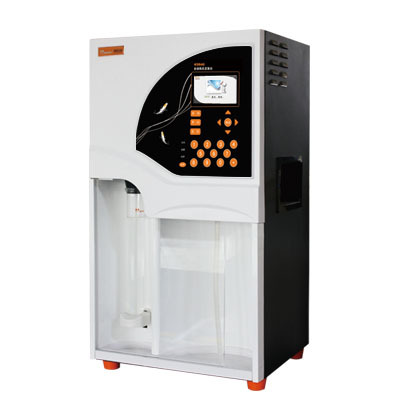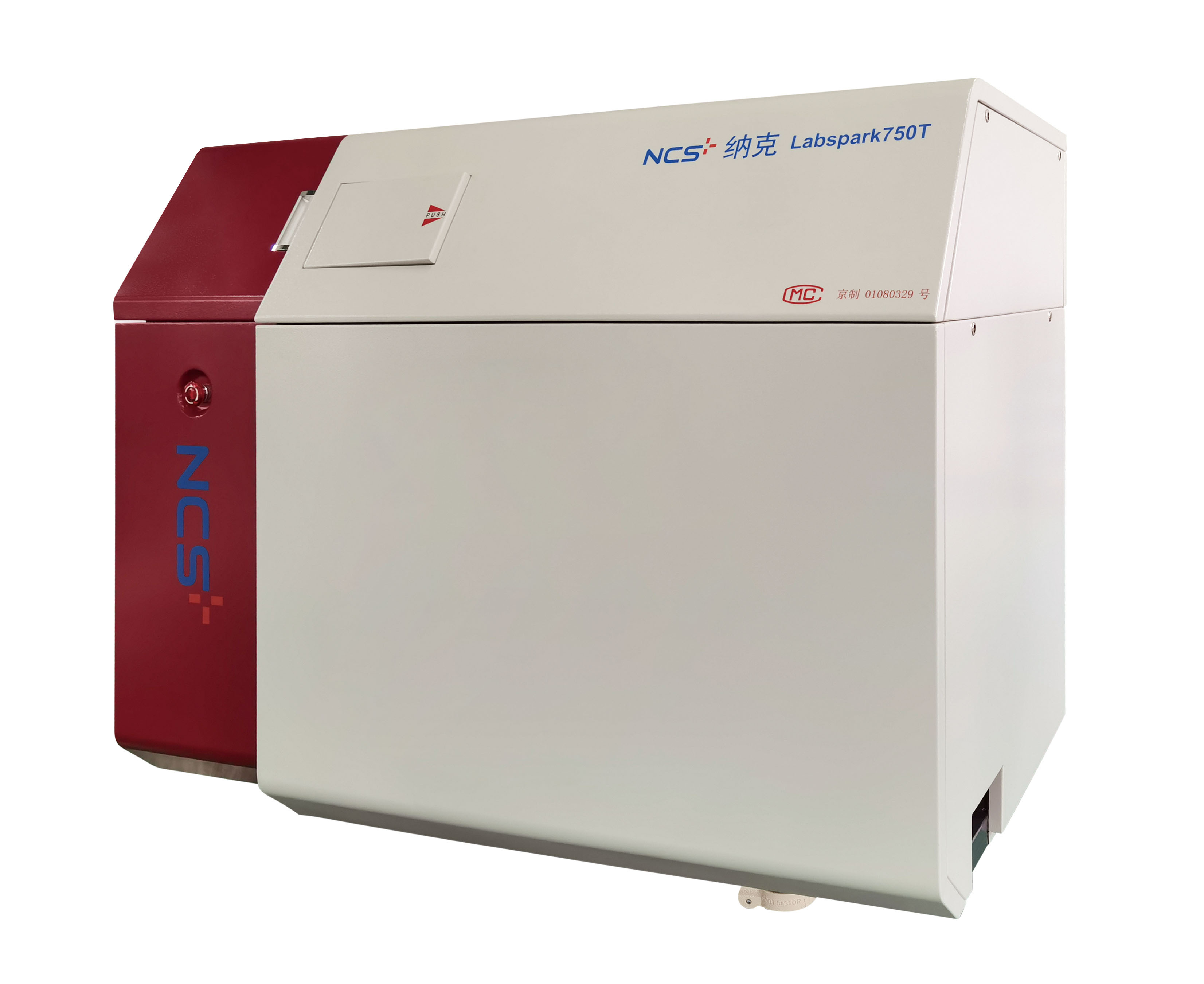浓 度 1mg/1ml
规 格 0.2ml/200μg
抗体来源 Rabbit
克隆类型 polyclonal
交叉反应 Human, Mouse, Rat, Chicken, Pig, Cow, Horse, Sheep
产品类型 一抗
研究领域 肿瘤 转录调节因子 细胞分化
蛋白分子量 predicted molecular weight: 63kDa
性 状 Lyophilized or Liquid
免 疫 原 KLH conjugated synthetic peptide derived from human DRIL1/ARID3A
亚 型 IgG
纯化方法 affinity purified by Protein A
储 存 液 Preservative: 15mM Sodium Azide, Constituents: 1% BSA, 0.01M PBS, pH 7.4
产品应用 WB=1:100-500 ELISA=1:500-1000 IHC-P=1:100-500 IHC-F=1:100-500 ICC=1:100-500 IF=1:100-500
(石蜡切片需做抗原修复)
not yet tested in other applications.
optimal dilutions/concentrations should be determined by the end user.
保存条件 Store at -20 °C for one year. Avoid repeated freeze/thaw cycles. The lyophilized antibody is stable at room temperature for at least one month and for greater than a year when kept at -20°C. When reconstituted in sterile pH 7.4 0.01M PBS or diluent of antibody the antibody is stable for at least two weeks at 2-4 °C.
Important Note This product as supplied is intended for research use only, not for use in human, therapeutic or diagnostic applications.
B淋巴细胞转录调节相关蛋白DRIL1抗体产品介绍 ARID3A, also known as DRIL1 in humans and Bright (for B cell regulator of IgH transcription) in mice, are the mammalian homologs of the Drosophila Dri (dead ringer) protein. ARID3A is developmentally regulated and is expressed in a restricted set of cells, including differentiating cells of the gut and salivary glands. ARID3A represents a member of a unique family of transcriptional activators that shares sequence similarity to proteins of SWI/SNF complexes; it contains an A/T-rich DNA-binding (ARID) domain and a distinct domain involved in tetramerization. The gene encoding ARID3A is linked to a marker of Peutz-Jeghers syndrome, which is an autosomal-dominant disorder characterized by melanocytic macules of the lips, multiple gastrointestinal hamartomatous polyps and an increased risk for various neoplasms, including gastrointestinal cancer. E2FBP1 (E2F-1 binding protein 1) is identical to ARID3A in the carboxy terminal region. E2FBP1 appears to lack DNA binding and transactivation domains, and it functions to regulate the transcription of proteins involved in cell proliferation by binding to the transcription factor E2F-1.
Function : Transcription factor which may be involved in the control of cell cycle progression by the RB1/E2F1 pathway and in B-cell differentiation.
Subunit : Homodimer. Heterodimer with ARID3B. Interacts with E2F1. Interacts with GTF2I and BTK.
Subcellular Location : Nucleus. Cytoplasm. Shuttles between nucleus and cytoplasm.
Tissue Specificity : Widely expressed, with highest expression in skeletal muscle, thalamus, and colon.
Similarity : Contains 1 ARID domain.
Contains 1 REKLES domain.
Database links : UniProtKB/Swiss-Prot: Q99856.2
![]()




